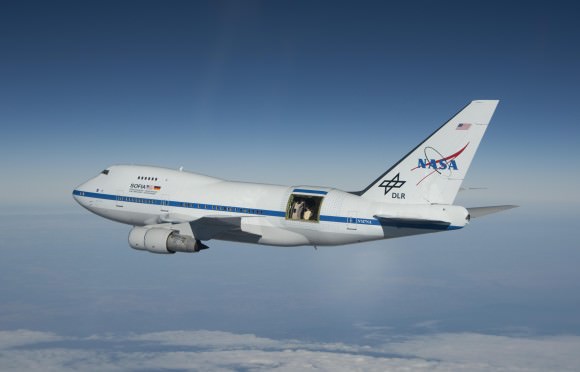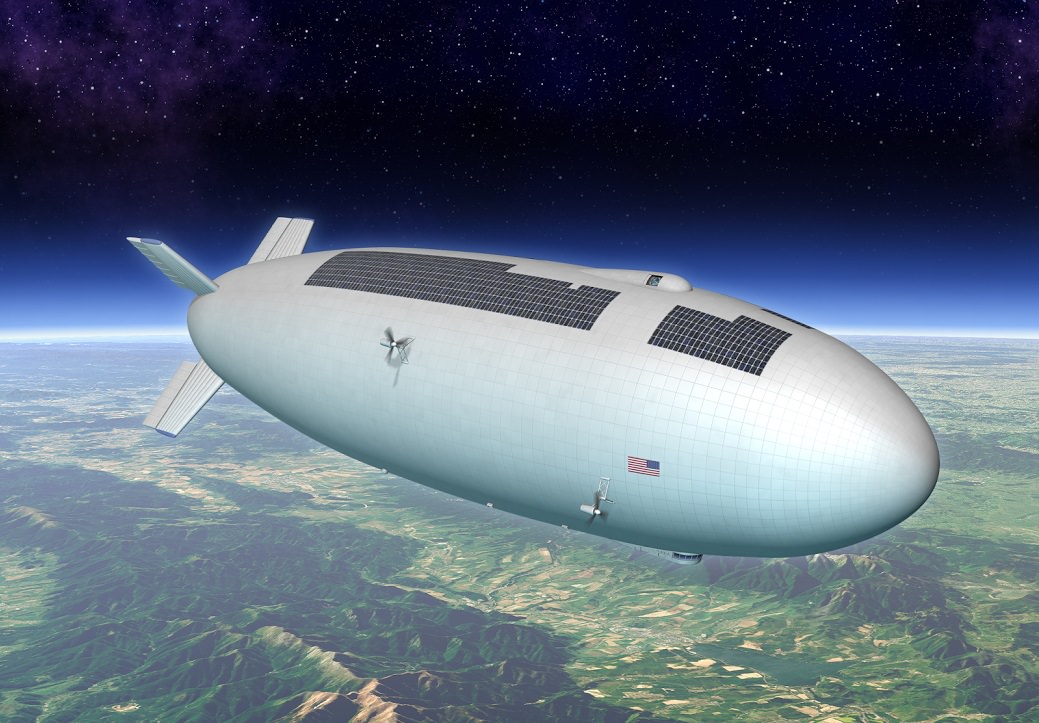Dreams of space are often tied to jet engines or solar sails or taking a ride on a rocketship. But it’s often quite efficient to do research from Earth, especially from the high reaches of the atmosphere where there are few molecules to get in the way of observations.
NASA wants to do more of this kind of astronomy with an airship — but at an extreme height of 65,000 feet (20 kilometers) for 20 hours. No powered-airship mission has managed to last past eight hours at this height because of the winds in that zone, but NASA is hoping that potential creators would be up to the challenge.
This isn’t a guaranteed mission yet. NASA has a solicitation out right now to gauge interest from the community, and to figure out if it is technically feasible. This program would be a follow-on to ideas such as SOFIA, a flying stratospheric telescope that the agency plans to defund in future budgets.
Their goal is to fly an airship with a 44-pound (20-kilogram) payload at this altitude for 20 hours. If a company is feeling especially able, it can even try for a more difficult goal: a 440-pound (200-kilogram) payload for 200 hours.

“We are seeking to take astronomy and Earth science to new heights by enabling a long-duration, suborbital platform for these kinds of research,” stated lead researcher Jason Rhodes, an astrophysicist at NASA’s Jet Propulsion Laboratory in California.
And why not just use a balloon? It comes down to communications, NASA says: “Unlike a balloon, which travels with air currents, airships can stay in one spot,” the agency states. “The stationary nature of airships allows them to have better downlink capabilities, because there is always a line-of-sight communication.”
If the prize goes forward, NASA is considering awarding $2 million to $3 million across multiple prizes. You can get more on the official request for information at this link.
Source: NASA


Lighter-than-air flight has been sadly overlooked during the last decades. It started in the 18th century and included the first use of parachutes. And why not tether a hydrogen or helium balloon to the ground over a city to replace expensive geostationary satellites for purposes of communication, navigation, weather forecast, traffic observation whatever any geostationary satellite does for local purposes. Why couldn’t a moored balloon do the same? And even better since it is closer and can be powered through its cable to the ground and can easily be reused and upgraded and on and on with advantages. Why hasn’t this happened already?
Jim makes a good point below; a moored balloon is subject to weather (a satellite doesn’t have to deal with rain or ice on its surfaces) and drift due to winds (the longer the tether, the greater the drift from – & stress on – the mooring point) among other issues, and the longer the line the greater the stresses become.
This means moored balloons of current technology can at most be a few tens of thousands of feet above the ground, severely limiting their field of view compared to a satellite even in low earth orbit.
By comparison, geosynchronous birds orbit at ~22,300 miles above the earth, giving them a ballpark usable view of about 40% of the earth’s surface at one time. One can bounce a signal completely around the earth using 3 such birds plus their ground stations, versus the hundreds of moored balloons & stations needed to do the same job at lower altitude. Thus for jobs larger than a small town but smaller than ~Indiana, an actual aircraft (such as an E3 AWACS, EA-6B Prowler, etc.) is a more viable option than a balloon. For larger jobs, use satellites.
That said, the potential advantages of retrieval, repair and upgrade that you list are definitely valid, which is why the military continues to use balloons for security & surveillance (large portions of a single city, or several square miles of open countryside, e.g.), among other things. But airships at the edge of space would have a much larger field of view than those limited by tethering, theoretically extending the effective coverage of even geosync birds in one possible scenario.
Thus programs such as the one mentioned in this article (as well as inexpensive, rapidly deployable intra-theater communications platforms like the ones you envision) have been explored by agencies such as NASA & DARPA for decades. They are not more widely used at this time only because of the limitations of the platform due to the available construction & propulsion technologies at the current time.
This is part of the reason why NASA is asking for outside help through this “X-Prize”-like program; if they (or the military) could figure it out for themselves, they wouldn’t be asking… they’d be doing, and for exactly the reasons you mentioned.
Large airships and tethered balloons really hate bad weather. In the case of the NASA airship, they can keep it in a big hangar and only fly it when the forecast is good, so in this application it makes sense.
65,000 ft is above most weather, but it still has to get there and back.
Murphy says: “Tether anything high above the ground and some damned fool in an airplane will collide with the tether and ruin everything including himself.”
It happens all the time with planes and helicopters running into power lines.